|
:: ::
| I Viaggi Del Gusto UNDER THE TUSCAN SUN |
|
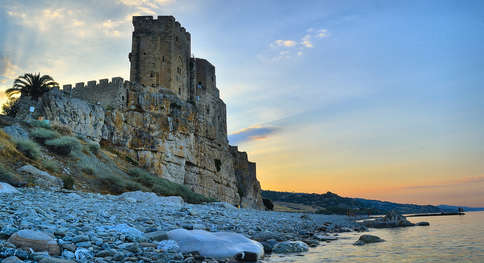 CALABRIA HIGHLIGHTS CALABRIA HIGHLIGHTS
- DISCOVER THE BYZANTINE
- RUINS CRAFT AND TRADITIONS OF CALABRIA
- ALONG THE MAGNA GRECIA TRAIL
|
LIST OF PRIVATE GUIDED TOURS : CALABRIA AS YOU WANT
|
|
|
CALABRIA WILD NATURALISTIC BEAUTY
Do you like traveling because you love nature?
Do you love nature bath without renouncing beauty?
You are looking for authentic experiences to accompany your flow
.. FOLLOW YOUR FLOW and WE GUIDE YOU IN THE EXPERIENCE THAT YOU CAN'T FIND BY YOURSELF !!!
|
CONTACT OUR
EMOTIONS' SAILOR 
|
SCOPRI LA CALABRIA
|
|
_________________
VISIT CALABRIA
_________________
CALABRIA
EXPERIENCES
CALABRIA LAND OF WILD POWER AND MAGNETISM [......]
_________________
PIZZO AND TROPEA
Villages and Food in the Blue Sea
_________________
|
|
MAIN CITIES
CATANZARO THE CAPITAL
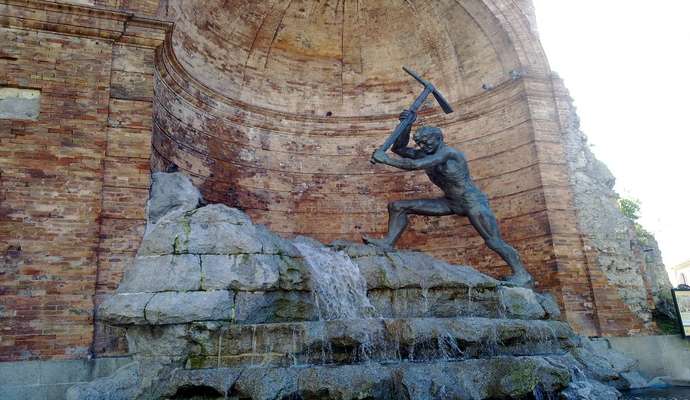
This is the capital of Calabria situated in a panoramic position and also known as the City of the three hills. Its territory was inhabited since Palaeolithic times and during the Neolithic era (Triavonà settlements and including the area between Gagliano and the Corace Valley). It is impossible to list the entire architectonic patrimony of Catanzaro linked to the list of places of interest mentioned below. We would like to point out the main places of interest beginning with the Duomo, which was rebuilt after the war, following the bombing of the City; the Immacolata Church and the Church of the Rosario with the adjacent Oratory. Only parts of the wall from the Norman Castle and a tower remain standing. The museum itinerary Catanzaro offers its visitors is important. It has a remarkable patrimony preserved in the Provincial Archaeological Museum
VIBO VALENTIA AND THE COSTLINE
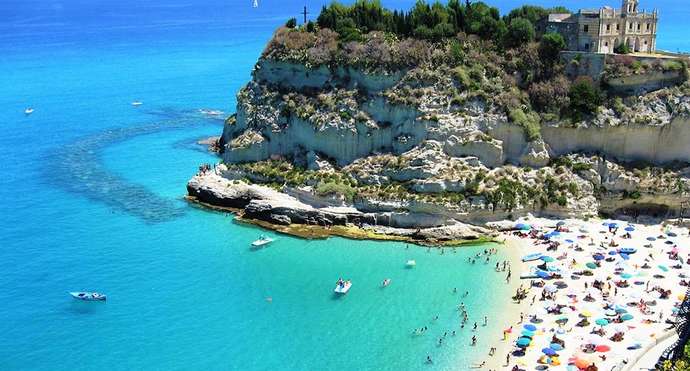
It was recently born by the division of the territory of Catanzaro district and it covers the 7,6% the Calabrian territory. It includes 50 towns with almost 180,00 inhabitants. The territory owns an extraordinary patrimony made of natural beauties, millennary history, culture, traditions, that are both artistic and architectural beauties and popular characteristics, that some people call poor art. Thanks to its position between the Tyrrhenian sea and the Serre Mountains, this district offers a fantastic riot of lights and colors, of surroundings and sights, of scents and tastes. Here you can walk along the golden beaches of Pizzo, Capo Vaticano, Nicotera and Tropea, which is known all over the world as the “Pearl of the Tyrrhenian sea”; you can admire the Serre mountains and Mongiana’s woods, or the naturalistic oasis of the Lake Angitola and the mystical places of San Bruno’s Charterhouse
REGGIO CALABRIA AND ASPROMONTE MOUNTAIN
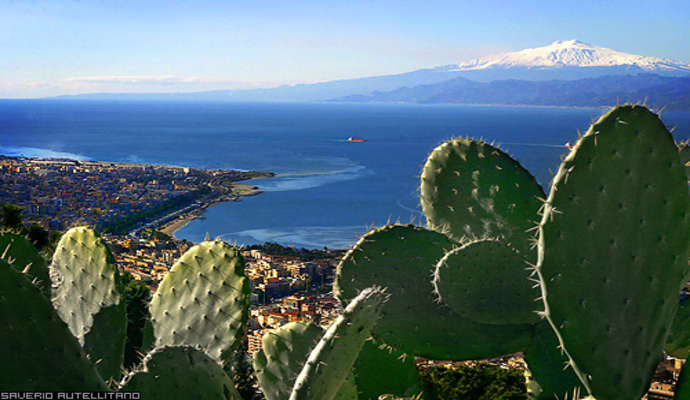
The city is situated on the eastern coast of the Straits of Messina and on the west side of the Aspromonte. The tourist could be mistaken about its origins cause of its modern look. Numerous palaces have been built with eclectic forms and so with classic, baroque elements and even medioeval ones. Two earthquakes of 1783 and of 1908 destroyed the beautiful Byzantine churches and those of the baroques Age. However, ruins of the Greek and the Roman time came to light thanks the last excavations: numerous important collections, preserved in the National Museum; remains of the city-wall (IV century); a theatre probably of the IIIrd century; remains of Roman baths with interesting mosaic paving. Only a few rests of the Byzantine, Medieval and Renaissance time can be admired: valuable churches in the city and the Basilian Abbey of S. Maria di Terreti were destroyed by the 1908 earthquake, of this last one, remains of the mosaic paving are in the Curch of Ottimati (it originally was a beautiful Byzantine building) together with antique columns. A wonderful building is the medieval castle rebuilt under the Aragona rule during the XVth century and the pseudo-Romanesque
COSENZA AND THE SILA MOUNT
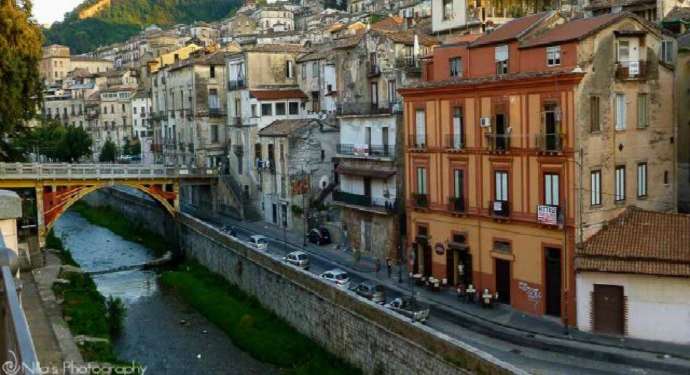
The City is in the form of an old nucleus, on the Pancrazio Hills (383m), on whose summit you can find a Castle in Arabic-Norman Style of noteworthy architectural quality. It was restored by Federico II and later improved, giving it modern quarters constructed to the north of Busento, on a normal map.Old Consentia or Cosentia, probably founded by the Pelasgi or by the Lucani, an important centre of Bruzio, was subdued by the Romans (204BC) and became a colony under Augusto Alarico, who died in the vicinity of the City (410), and was buried by the Goths; according to the legend, on the bed of the river Busento, after having temporarily deviated its course. The Cosenza province includes a large part of the Region of the Sila, under valuation as a tourist, agricultural and industrial area, and the Catena Costiera (Coastal Area), of deep descent towards the Tirrenio. There is very little flatland (Vallo del Crati, in the interior and Piana di Sibari, along the Ionic coast). The main rivers are the Crati and the Neto, tributaries of the Ionio; there are numerous, so called, Fiumare (broad streams), due to an intensely torrential regime
CROTONE AND MAGNA GREEK
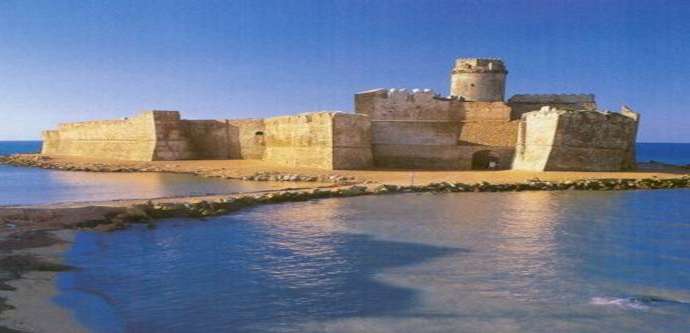
Crotone is situated facing the Ionian Coasts of Calabria, extending over a neighbouring promontory near to an outlet of the River Esaro.According to tradition, the foundation of Crotone came about by the hands of the Greeks who arrived by sea; to be precise, Achei, during 710 BC (other possible dates: 743 and 718 BC). Legend names Myskellos di Rhype, who by obeying the oracle of Delfi, came to Italy, stayed in Sibari and founded Crotone. Its name has a mythological derivation. Cróton was Hercules' friend who disembarked on a visit in Calabria.The historical centre extends over the Cavaliere Hills and is dominated by its Castle. It is still delimited by its town-walls which date back to the '500s.From the Castle, which was built on the site of an ancient Greek acropolis, one descends towards the Assunta Duomo (Cathedral) with its Neo-Classic façade. While walking through the historical centre and the Pescheria district one cannot help but admire the numerous nobiliary buildings which embellish the City. Among the other churches worth visiting, we would like to mention the S. Chiara and S. Giuseppe with its Baroque portal. One must definitely not miss a visit to the National Archaeological Museum to better understand the Magno-Greek civilisation.There are numerous places to visit along the coast, some defensive towers and the Capo Colonna Archaeological Park, where one can still admire the remains of a temple which has survived since the V century
|